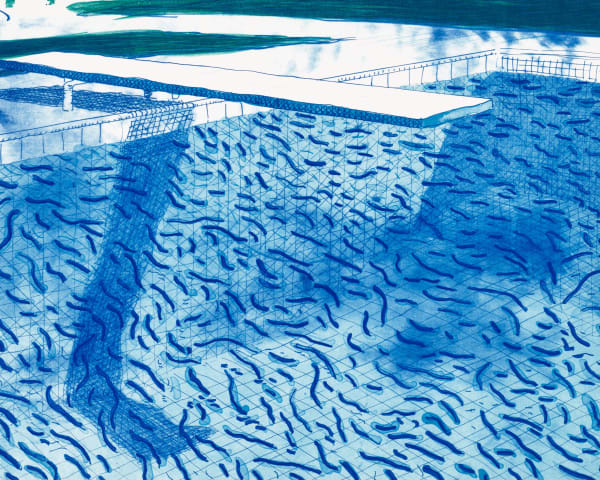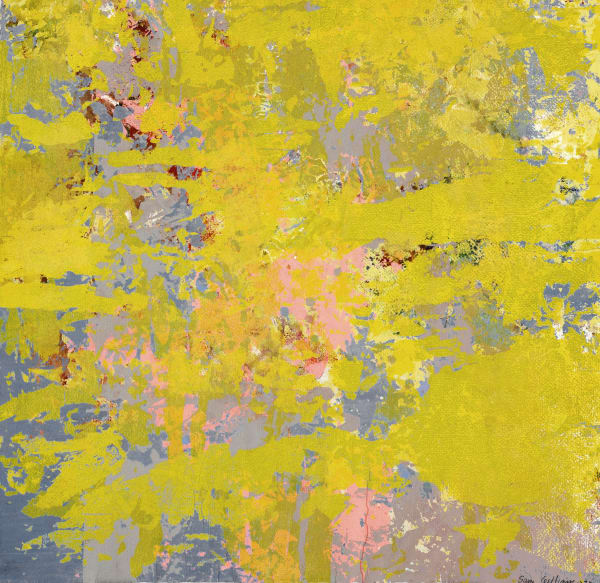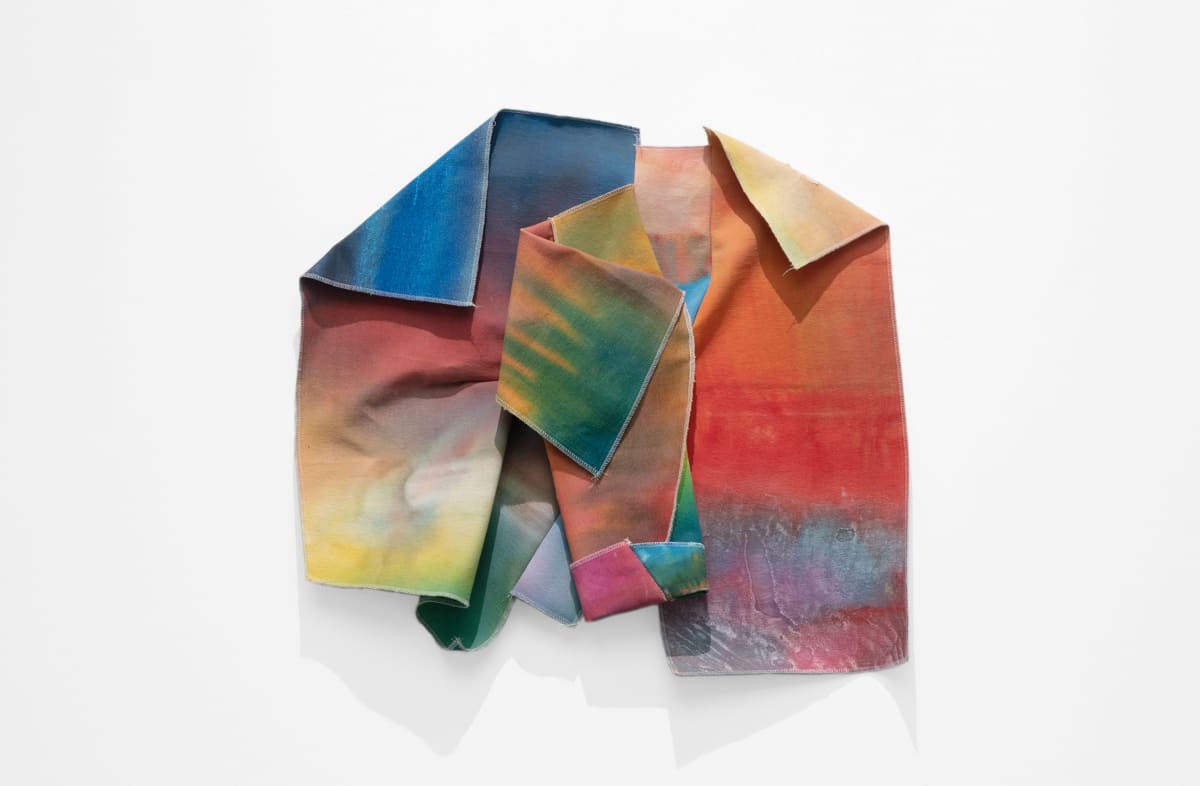“I never lose the experience of making paintings, whenever I am working with materials. The part of the process that is most exciting is the installation of all the parts into a whole.”
Sam Gilliam (Tupelo, Mississippi, 1933 - Washington, D.C., 2022) is renowned for his innovative Drape paintings, consisting of painted unstretched canvases hung from the wall or ceiling that ultimately blur the lines between painting and sculpture. Gilliam was born in Tupelo, Mississippi and shortly thereafter moved to Kentucky where he obtained a BFA and MFA from the University of Louisville.
While Gilliam initially painted in a figurative style, when he moved to Washington, D.C. in 1962 the artist was exposed to abstract expressionism and quickly shifted to abstraction and became associated with the Washington Color School. He then began to experiment with traditional aspects of painting, first by wrapping one edge of the painted canvas over itself while still wet and stretching over a beveled frame in his Beveled-edge painting before removing the canvas from stretchers completely in the Drape paintings. Despite their acclaim, the artist ultimately left these paintings behind in the 1970s in order to continue experimenting. In the 1980s, Gilliam cut pieces from a painted canvas in order to arrange them on another canvas in a fashion reminiscent of African-American quilts. Gilliam then extended his interest in painting-sculpture hybrids through creating paintings that included 3D elements and thus entered into the viewer’s space. Notably, he became the first African-American to represent the United States at the Venice Biennale in 1972.
-

Gesture and Form
Selected Drawings from the 20th and 21st Century 24 Apr - 30 Jun 2025Gesture and Form: Selected Drawings from the 20th and 21st Century explores the act of mark-making as a means of expression, innovation, and experimentation. Drawing has long served as a...Read more -

Summer Breeze
30 Jul - 22 Sep 2024This online viewing room features an exceptional selection of works by Henri Matisse, Ellsworth Kelly, David Hockney, Josef Albers, Sam Gilliam, and Alex Katz. From Matisse's lush trees of the...Read more -

Gestures
7 Feb - 20 Mar 2023Zeit Contemporary Art is pleased to present Gestures, an online viewing room on view through March 20th, 2023. Bringing together the work of five artists, this presentation looks into the...Read more






